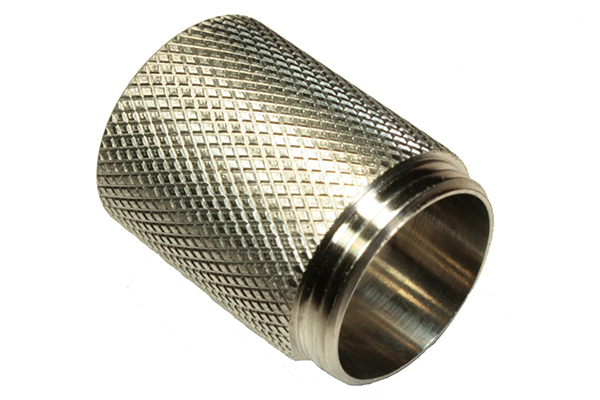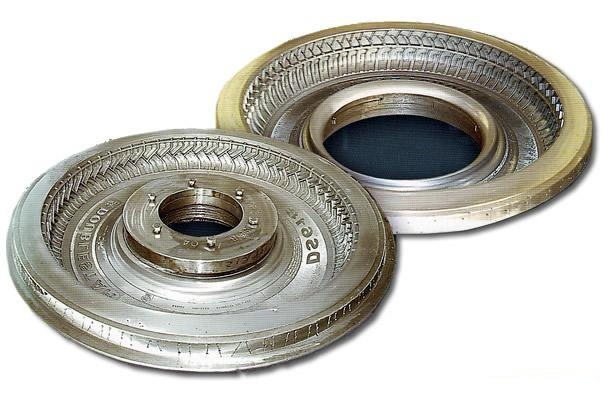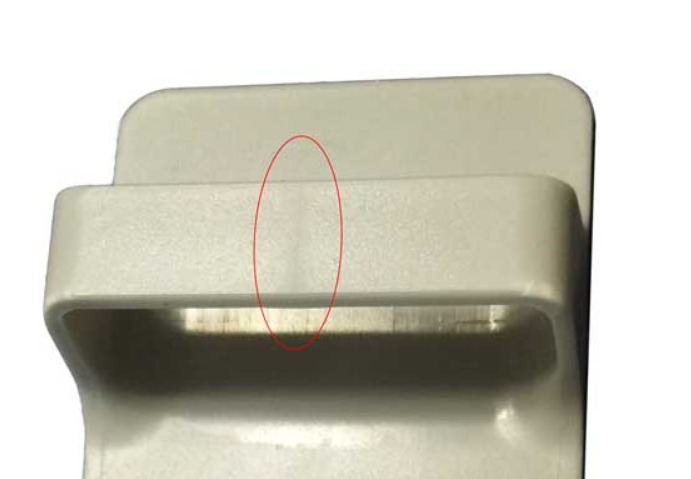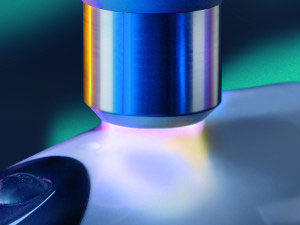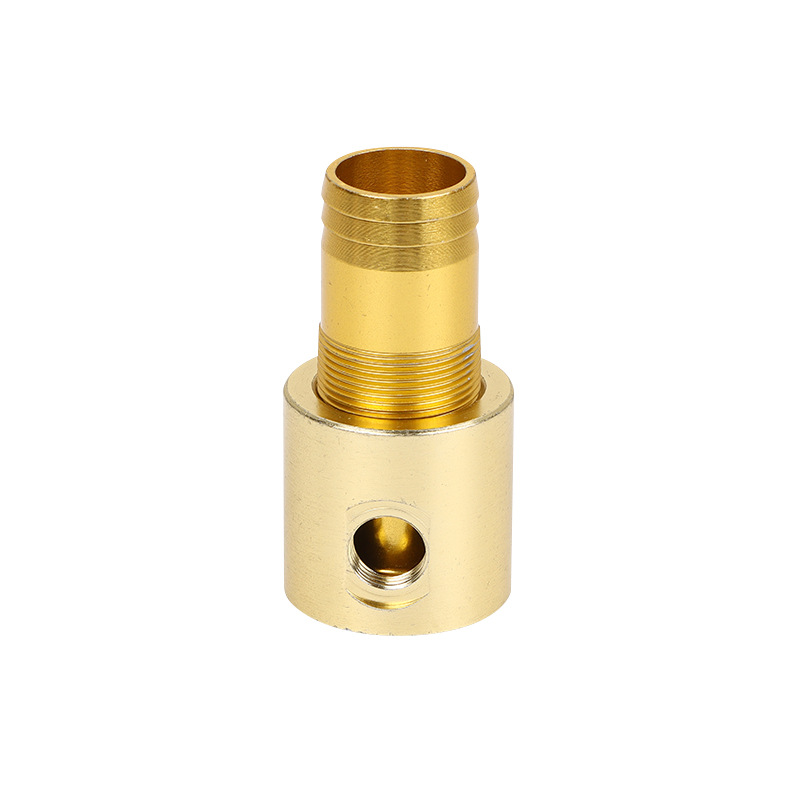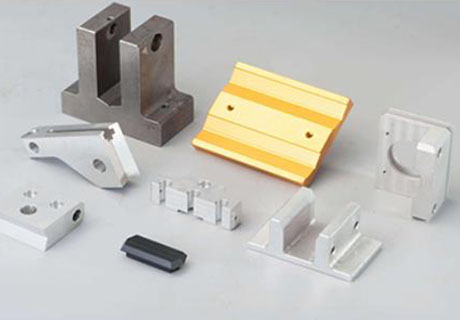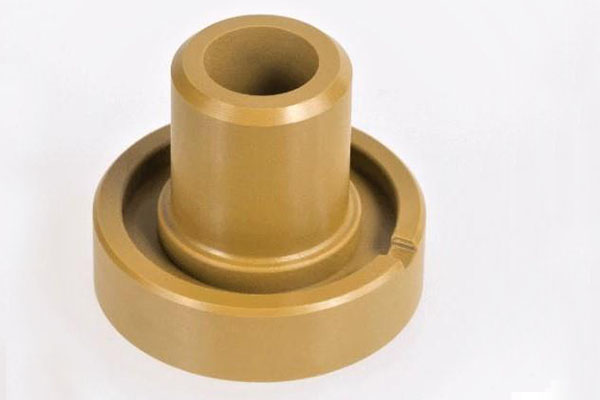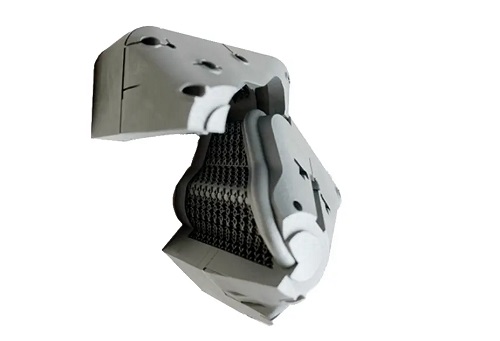Manufacturers and engineers often grapple with coatings that fail prematurely—peeling from substrates, lacking uniformity on complex shapes, or failing to meet demands for hardness and corrosion resistance. A cutting tool’s coating might chip after a few uses, a medical implant’s surface could corrode in the body, or a precision optical part might have uneven layers that distort light. Traditional plating methods like electroplating struggle with adhesion, while spray coatings often lack thickness control. What’s needed is a process that creates strong, uniform, high-performance coatings. This is where surface treatment ion plating stands out. By using plasma and ionized particles to deposit coatings, it forms metallurgically bonded layers with exceptional properties, solving these critical challenges across industries. In this guide, we’ll explore how ion plating works, its processes, properties, and applications, showcasing why it’s a top choice for demanding environments.
Surface Treatment Techniques
Surface engineering encompasses a range of methods to modify material surfaces, enhancing performance beyond what the base material can offer. Ion plating is a leading technique in this field, distinct from other coating methods:
- Electroplating: Uses electrical current to deposit metal ions, but struggles with complex geometries and thin, high-adhesion coatings.
- Spray coating: Applies liquid or powder coatings, which often lack uniformity and have lower bond strength.
- Physical vapor deposition (PVD): Includes ion plating, sputtering, and evaporation—all depositing materials in a vacuum, but ion plating adds ion bombardment for better adhesion.
Ion plating, a subset of PVD, combines evaporation or sputtering with ionized gas (plasma) to enhance coating adhesion and uniformity. It’s particularly valued for surface finishing of high-value parts where precision and durability are critical, such as aerospace components and medical devices. Surface enhancement via ion plating can improve hardness by 200-500%, corrosion resistance by 1000+ hours in salt spray, and wear life by 3-10x compared to uncoated materials.
Ion Plating Process
The ion plating process is a 精密 (precision) sequence of steps, leveraging plasma to create high-quality coatings:
- Ion plating mechanism: The process occurs in a vacuum chamber (10⁻³ to 10⁻¹ Pa). A metal (or ceramic) source is evaporated or sputtered, creating a vapor. Argon gas is introduced and ionized into plasma using an electric field. The substrate is biased negatively, attracting ionized metal particles and argon ions, which bombard the substrate surface. This bombardment cleans the surface and heats it, promoting strong bonding as the coating deposits.
- Ion beam assisted deposition (IBAD): A specialized form where a separate ion beam bombards the coating during deposition, densifying the layer and reducing defects. IBAD is used for optical coatings and hard, dense layers like titanium nitride (TiN).
- Sputtering process: In sputter ion plating, a target material is bombarded with argon ions, dislodging (sputtering) atoms that deposit on the substrate. This is ideal for depositing alloys or compounds (e.g., chromium nitride, CrN) with precise composition control.
- Evaporation techniques: In evaporative ion plating, the coating material is heated (resistively or via electron beam) until it evaporates. The vapor is ionized in the plasma, then accelerated toward the substrate. This is efficient for depositing metals like aluminum or copper.
- Plasma coating: The plasma (ionized gas) plays a dual role: it ionizes the coating material for better deposition control and bombards the substrate to remove contaminants, ensuring a clean surface for coating adhesion. Plasma density is controlled via power (100-1000 W), affecting coating density and roughness.
Coating Properties and Applications
Ion plated coatings offer a unique set of properties that make them indispensable in high-performance applications:
- Hardness and wear resistance: Coatings like TiN (2000-2500 HV) and titanium carbonitride (TiCN, 3000-3500 HV) are significantly harder than steel (200-300 HV). This makes them ideal for cutting tools, where they reduce wear and extend tool life by 3-5x.
- Corrosion resistance: Chromium nitride (CrN) and aluminum oxide (Al₂O₃) coatings act as barriers, protecting substrates from moisture and chemicals. Salt spray tests (ASTM B117) show ion plated steel resists corrosion for 1000+ hours, compared to 24-48 hours for uncoated steel.
- Optical properties: Ion plated coatings like silicon dioxide (SiO₂) and magnesium fluoride (MgF₂) have precise refractive indices, used in lenses, mirrors, and displays to control light reflection or transmission. These coatings are uniform (±1% thickness variation) and scratch-resistant.
- Electrical conductivity: Coatings like gold (Au) or indium tin oxide (ITO) deposited via ion plating offer controlled conductivity, used in electronics for connectors and touchscreens. ITO coatings balance conductivity with optical transparency.
- Biomedical applications: Titanium-based coatings (e.g., titanium oxide, TiO₂) are biocompatible (meeting ISO 10993), used on implants (hip joints, dental abutments) to promote bone growth and resist bodily fluid corrosion. They reduce the risk of implant rejection.
Equipment and Parameters
Ion plating requires specialized equipment to control the vacuum, plasma, and deposition process:
- Ion plating machine: Consists of a vacuum chamber (stainless steel, 0.5-5 m³ volume), vacuum pumps (rotary vane and turbomolecular), and a power supply (DC, RF, or pulsed DC for plasma generation).
- Vacuum chamber: Designed to maintain low pressure, with ports for gas inlet, substrate loading, and coating material sources. It may include heating elements to control substrate temperature (100-500°C).
- Ion source: Provides ions for sputtering or plasma generation. Options include hollow cathode discharges, radio frequency (RF) coils, or electron cyclotron resonance (ECR) sources, each producing plasma with specific characteristics.
- Deposition rate: Controlled by power input and source material, ranging from 0.1-10 μm/hour. Slower rates (0.1-1 μm/hour) produce denser coatings, while faster rates are used for thicker layers.
- Temperature control: Substrate temperature affects coating adhesion and structure. For example, TiN coatings deposited at 300°C have better adhesion than those deposited at room temperature. PID controllers maintain temperature within ±5°C.
Advantages and Limitations
Ion plating offers significant benefits but has considerations for practical use:
- High adhesion: Ion bombardment creates a mixed interface layer (substrate + coating), resulting in adhesion strengths >50 N/cm²—far higher than electroplating (10-20 N/cm²) or spray coatings (5-15 N/cm²). This prevents peeling in high-stress applications like engine parts.
- Uniform coating: Ionized particles are attracted to all substrate surfaces (including recesses and complex geometries), ensuring thickness variation <5%—critical for parts like gears with teeth or medical instruments with intricate shapes.
- Environmental impact: Ion plating uses no toxic chemicals (unlike electroplating with cyanides), producing minimal waste. Vacuum systems capture and recycle unused coating materials, aligning with green manufacturing standards.
- Cost effectiveness: While equipment is expensive (>$100,000), ion plating reduces long-term costs by extending part life. For example, ion plated cutting tools save 30-50% in replacement costs over uncoated tools.
- Process complexity: Requires skilled operators to control vacuum, plasma, and deposition parameters. Small changes in pressure or power can affect coating properties, demanding strict quality control.
- Thickness limitations: Typically used for thin coatings (0.1-10 μm). Thicker layers (>20 μm) may develop internal stresses, leading to cracking.
Yigu Technology’s Perspective
As a leading custom manufacturing supplier in China, Yigu Technology offers ion plating services for aerospace, medical, and tooling industries. Our capabilities include TiN, CrN, and TiO₂ coatings with 0.5-10 μm thickness and ±5% uniformity. We use advanced vacuum systems and IBAD technology for high-adhesion coatings, tested via scratch adhesion and salt spray tests. Compliant with ISO 9001 and aerospace standards, we deliver durable, precise coatings for cutting tools, implants, and optical parts, tailored to client performance needs.
FAQs
- What materials can be coated with ion plating?
Ion plating works with metals (steel, aluminum, titanium), ceramics, and some plastics (after surface activation). Common coating materials include TiN, CrN, Al₂O₃, gold, and ITO, each chosen for specific properties.
- How thick can ion plated coatings be?
Typical thickness ranges from 0.1-10 μm. Thicker coatings (10-20 μm) are possible but may have stress issues. For applications needing thicker layers, ion plating is often combined with other methods like electroplating.
- Is ion plating suitable for high-volume production?
Yes, with automated systems. Yigu Technology’s production lines handle 10,000+ parts/day, with batch processing in large vacuum chambers. While per-part costs are higher than electroplating, long-term savings from extended part life justify the investment.
